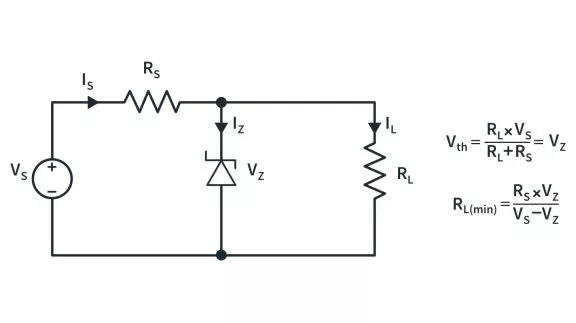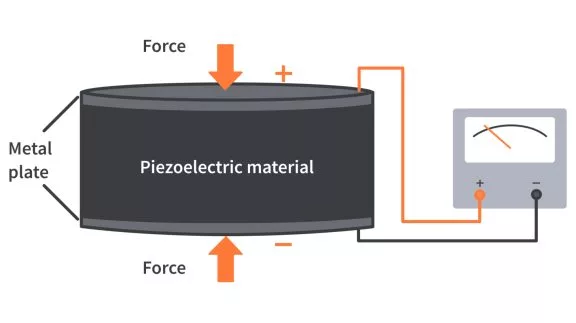Power and Phase
Published
There are two different ways to look at phases. First, it’s when voltages are out of phase from each other, such as with 3 phase power, and second, when voltage is out of phase from current.

If you have two different electrical generators, even if they operate at the same frequency, 60 hertz for example, if you tie them together, you need to make sure they’re in phase. In the simplest way, it just means that the voltages need to rise together and fall together. If they aren’t synchronized, they’re going to be fighting against each other.

Sometimes, if you do it right, you want your voltages to be out of sync. In industrial situations, particularly with motors, you can get what is called “three phase” power. This is where you have three wires with the voltages off from each other by 120 degrees. The peak of the second sine wave occurs 120 degrees later than the first and the top of the third sine wave occurs another 120 degrees after that. A fourth wire typically provides a reference to ground, making this more efficient than a typical single-phase or “monophase” power source, where you only have one wire with a varying voltage and a ground wire.

Beside efficiency, three phase power is better than monophase because there is constant power output. With only a single phase, you may have good average power, but it is constantly changing and you have moments, many times a second, where the power output is zero. If you have three phase power to motors, the motors can be smaller and more efficient and they don’t pulsate in their torque due to the constant power input. These three phases also make it so motors don’t require separate starter circuits and give them more torque when they’re starting. Finally, getting monophase power out of three phase power is extremely simple - you simply don’t connect the other two inputs.

The other type of phase you need to think about is if voltage and current are in phase. With a purely resistive load, as voltage increases, current increases at the same exact time. But for reasons that we’ll explain in a later video, an inductive or capacitive load can cause your current to *lead* or *lag* behind the voltage. So, if you have an inductive load like a motor in your blender or vacuum cleaner, or even a capacitive load, which is less common in residential circumstances, the current and voltage will not be synchronized.

If you remember, power is voltage times current so each time either voltage or current is 0, there is no power being output. You can see visually how the further out of sync voltage and current are, the less power you are actually getting. Ironically, or annoyingly, it still takes just as much work to generate that power, even if you don't get to use all of it. When it’s out of phase like this, it’s called reactive power and it’s measured in volt-amp reactive or VARs. Engineers like to use imaginary numbers and phase angles to describe this and while it may seem scary, those are just mathematical ways to describe that difference in phase. It’s not actually that bad, as long as you understand the principle of what’s going on.
In summary:
- Synchronizing voltages from different sources
- Benefits of 3 phase power
- How voltage/current get out of phase
- Losing power when voltage/current are out of phase

Get the latest tools and tutorials, fresh from the toaster.














